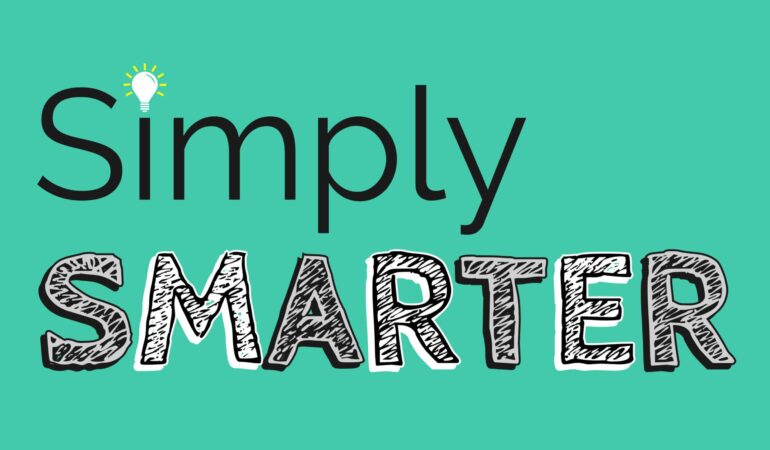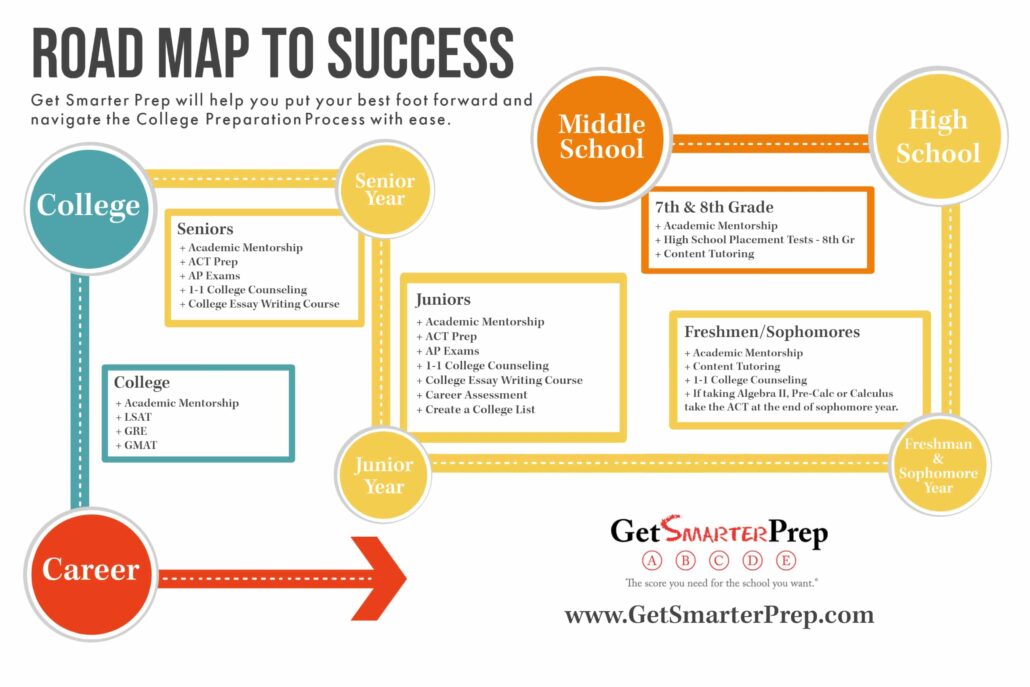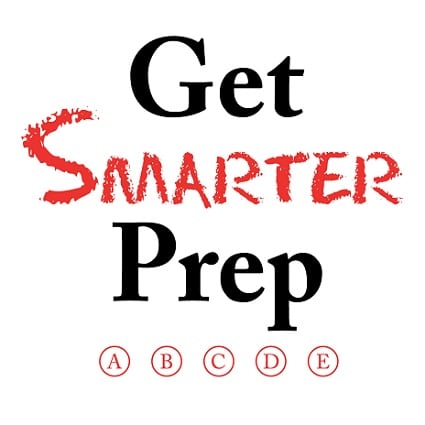Planning Ahead
In a prior blog, we wrote about what we at GSP consider the Top 10 Test Prep Traps that students and parents can fall into. The first item on that list was “taking the test too early” – before the end of sophomore year. But, understandably, as many parents (and students!) find themselves overwhelmed with the whole junior and senior year process, parents vow to start earlier next time. “You’ll see!”, they think. “Davey will start preparing for the ACT in 7th grade!”
It sounds reasonable, at first. Planning ahead is a responsible thing to do. Taking one’s time with a project or task is generally more enjoyable than saving it until the very last minute, and there’s so much going on during junior year that it might feel like there’s not nearly enough time to do the necessary work.
The main reason we cited in our previous post for not beginning so early is that students generally haven’t had the necessary coursework tested by the ACT and SAT before the end of their sophomore year. But that isn’t the only reason. It’s also important to consider that the tests do change periodically – sometimes in small ways, sometimes via larger overhauls.
Practicing for the SAT years before taking it is akin to attempting to write college essays years in advance – not only is it unlikely that a student has the necessary experience and knowledge to be successful, it’s also nearly certain that the requirements will actually change, meaning that much (if not all) of that effort would be wasted.
We at GSP have had some conversations about this concept of “too early,” and how to answer the question, “but what should we do, then?”. Here are some tips and suggestions we’ve come up with for how younger students – and their parents – can best prepare for the standardized tests of the future.
1. READ!
Every tutor I spoke with listed reading as the number one thing students should focus on. Here’s what some of them said about the importance of developing good reading habits:
“Just read regularly. Can be books, news, magazines, or whatever. […] Most test taking strategies are about time use, but if you can’t understand what they’re saying then there’s little point.” – Logan Terry
“[Students should] read whatever they can get their hands on for reading comprehension, to see how proper punctuation and grammar are used, and to familiarize themselves with vocab words.” Madison Huber-Smith, former tutor
“The best thing a 7th grader can do to prepare for the ACT/SAT/PSAT/LSAT/MCAT/GMAT/LIFE is to read everything and anything. The more varied a kid’s reading experiences, the better prepared they are to do well on standardized tests. Reading is so important for every section of standardized tests — even math and science. […] Test prep works best for students who have a solid grasp of reading comprehension and the ability to make mental leaps from step A to B to C in a multi-step problem. All the test taking strategies in the world won’t help if you can’t understand the words you are reading and can’t problem solve. ” Gina Claypool
2. Encourage “a spirit of curiosity and learning.”
From Gina,: “Read with your kid. Discuss books, magazine and news articles (that way, you know if your kid is comprehending what they are reading), documentaries, etc. If your kid shows an interest in a subject you know nothing about, say “let’s learn about that together”. I’m kind of a nerd, but, in the summers before going to work, my mom would leave a logic puzzle for my sisters and me to solve, and I loved it. I think doing fun logic puzzles was a key factor in my enjoyment of math and science.”
3. Address difficulties with math as they arise.
It’s not unusual that students have forgotten some of the math they’ve learned by the time start preparing for the ACT and SAT – and that’s OK! Reviewing that content is part of what we do. But it’s more time-consuming to address math topics that a student didn’t really understand the first time around. Madison: “I have students complain that they had bad teachers for certain classes, and it affects them when it comes time to review for the ACT. A strong, early grasp of algebra is so key!”
4. Relax!
“Don’t worry about it too much. Do your homework, stay in school, and get involved in things that interest you. The ACT isn’t going to determine how successful you become. It’s just one of the first hoops you have to jump through in life.” – Caleb
Audrey Hazzard is a Tutor at Get Smarter Prep.







